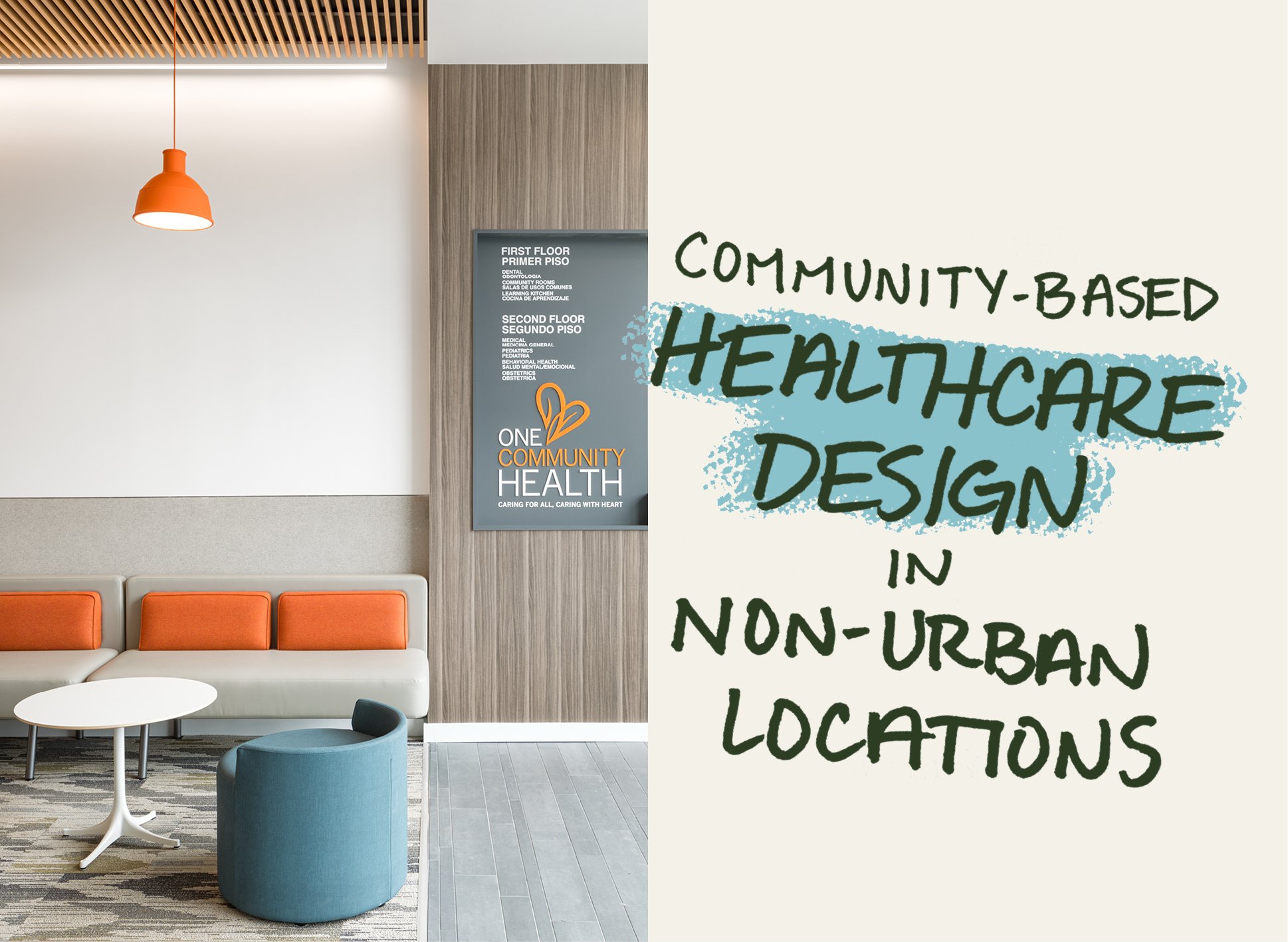Making the case for greywater systems in senior living
Author
Vassar T. Byrd
Date published
August 14, 2023
View Original Article
A greywater reclamation system is a filtration process that refines the relatively clean wastewater that comes from sinks, showers, dishwashers, and clothes washer drains for use in other systems such as ground irrigation or toilet flushing.
Prime candidates for greywater recycling include multifamily or large apartments, hotels, health clubs, and car washes—in short, any building or business that uses a lot of water. Additionally, greywater systems are usually less expensive and easier to install during the construction of a new building.
Rose Villa Senior Living, an independent nonprofit continuing care retirement community in Portland, Ore., consisting of 262 homes situated on a 22-acre campus, recently completed a $77 million campus redevelopment project that includes just such a system.
Named “ROSIE,” for “Recycled Organic Stuff Is Everywhere,” the senior living campus’ greywater reclamation and water conservation system filters greywater from 41 senior living homes.
Rose Villa campus showcases sustainable design
Rose Villa is one of the first senior living communities to implement a greywater reclamation system to curtail its use of freshwater. The community is committed to fostering environmentally sustainable practices wherever possible – including two zero-energy neighborhoods, a resident-driven comprehensive food scrap compost effort, organic gardening, and opt-in wind power. (For more on Rose Villa’s campus transformation, read this article.)
ROSIE is a direct response to the community and residents’ desire to tread as lightly as possible on the environment. Rose Villa residents take their responsibility to sustainability seriously and believe they can be an example to others. And who better to take care of the environment than our elders, who want to leave the world a better place for future generations.
Early in the design process of its newest campus buildings, Rose Villa consulted with Biohabitats, a national firm that specializes in the planning and engineering of sustainable water infrastructure, including natural wastewater treatment and water reuse systems for small, new community developments.
Together with architecture firm Scott Edwards Architecture and general contractor Bremik Construction, Biohabitats and Rose Villa collaborated to design an underground infrastructure beneath two residential buildings that could house ROSIE, as well as storage, laundry facilities, and parking for residents.
Building a greywater reclamation system
ROSIE filters the greywater through a multi-step process, which includes a pre-filter, textile filter, ozone filter, and micron filter. That filtered water is then used to flush toilets in its Schroeder Lofts and Trillium Townhomes buildings while the excess water can be used for irrigation.
In its first year, ROSIE is expected to save approximately 300,000 gallons of freshwater, ensuring that clean water is preserved for its most responsible use: drinking and bathing. Additionally, in its first year of use (2022-2023), ROSIE has saved Rose Villa approximately $7,000 in water costs.
ROSIE is just one of the many ways Rose Villa is incorporating sustainability into its operations, not just as a matter of good business practice but in response to the residents’ increasing focus on the environment.
When faced with the opportunity to design something new, Rose Villa routinely steps outside of traditional senior living design—building spaces that focus on designing for the people who will live there and not just the age of the people who will live there.
Importance of sustainability initiatives in senior living
Other communities considering similar initiatives should start early and start small, building momentum and collaboration with residents and other stakeholders to ensure success. These small initiatives can then roll up to longer-term sustainability and resiliency efforts that show residents how the community is proactively planning in the case of a natural disaster or factors outside of the community’s control.
While senior living communities can’t do everything, taking steps like these can have an impact.




